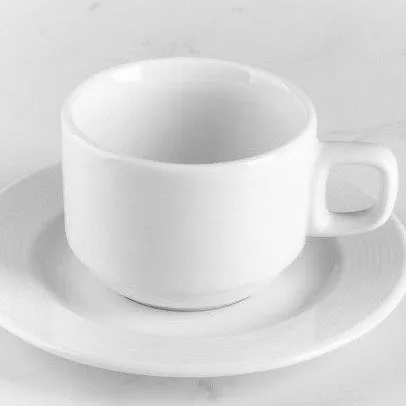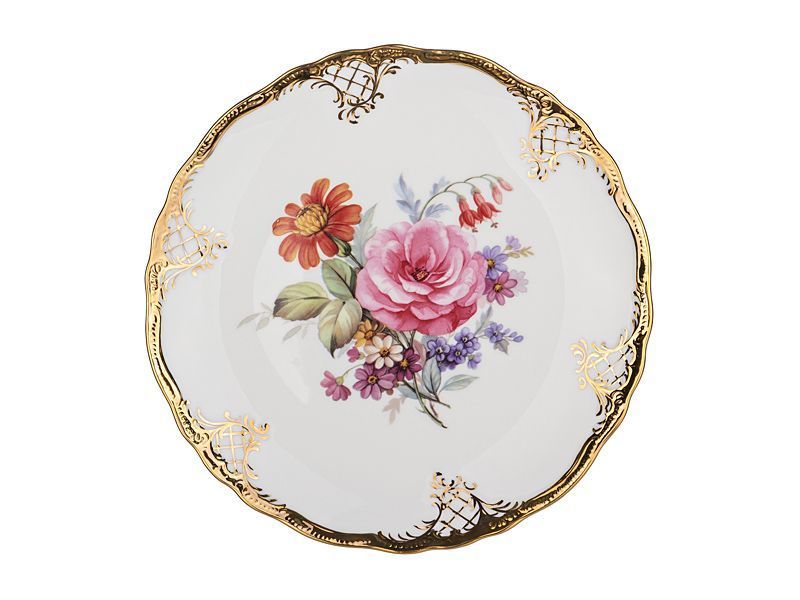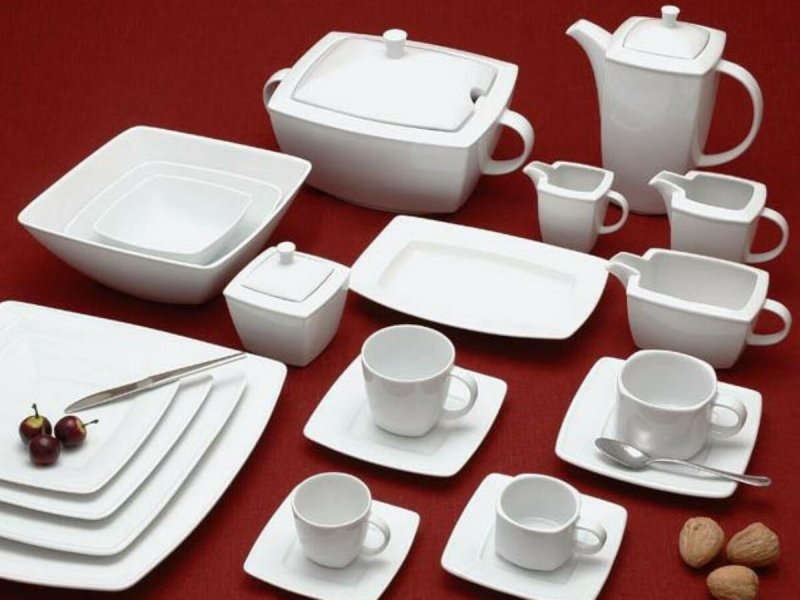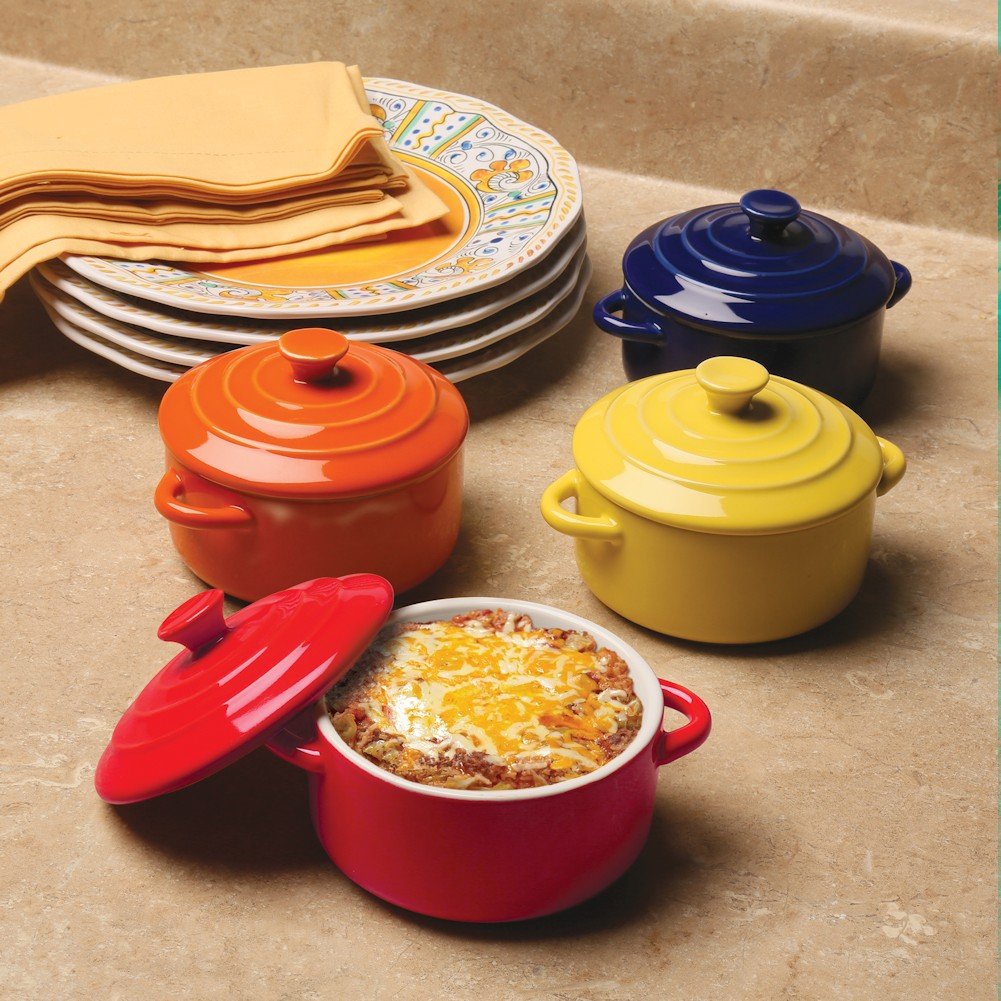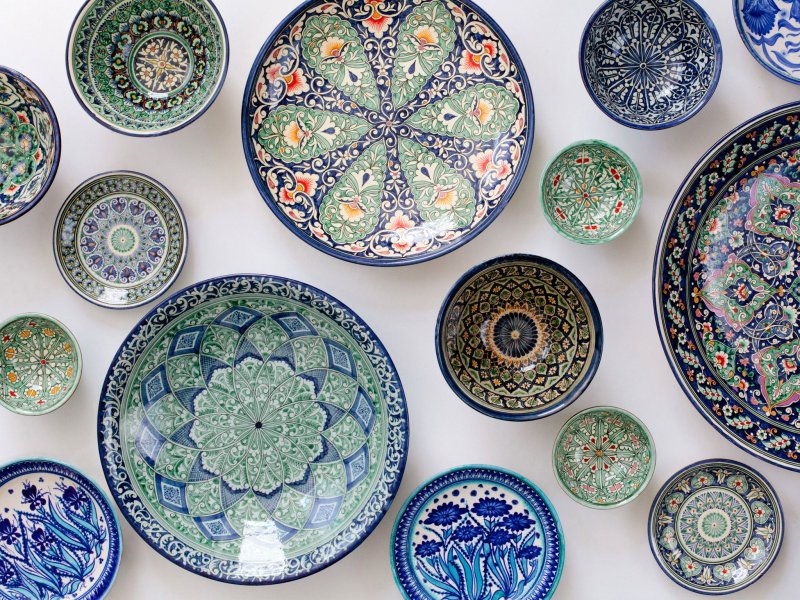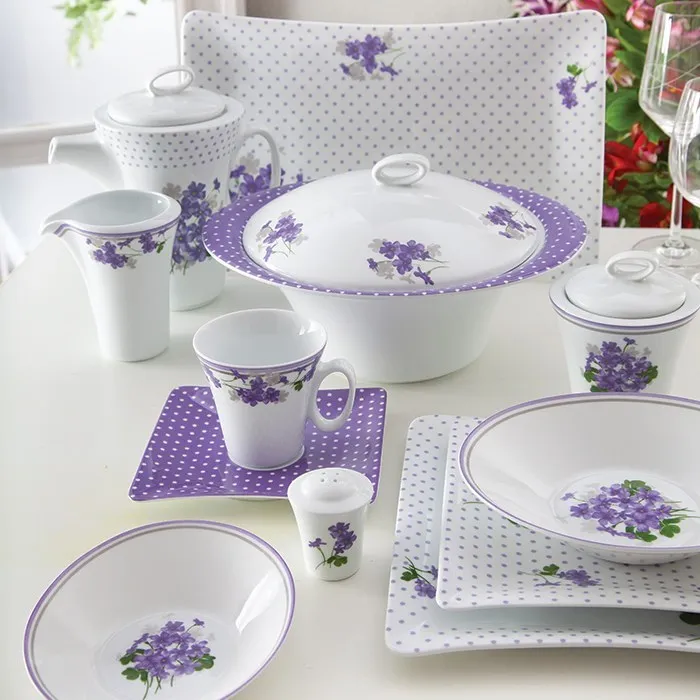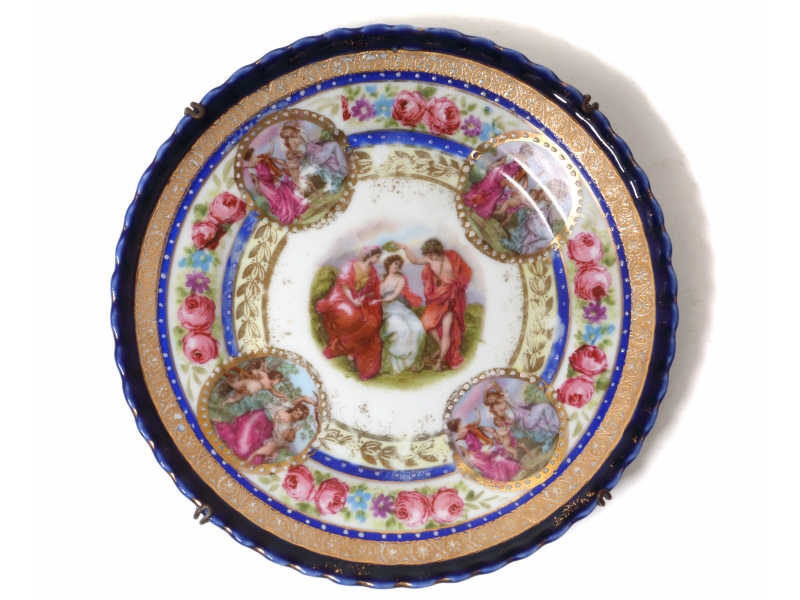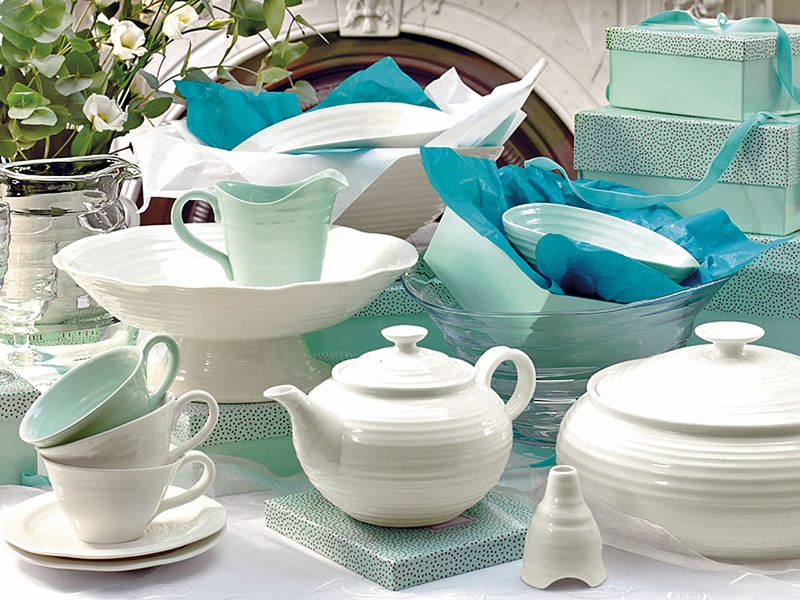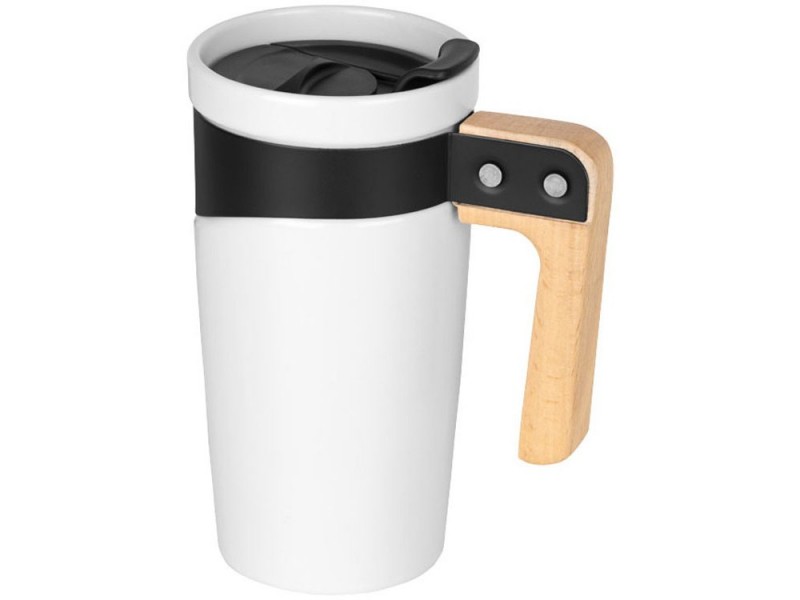A Perfect Blend of Elegance and Functionality
Introduction:
Ceramic tea pot sets have been an integral part of tea culture for centuries. These exquisite sets not only elevate the tea-drinking experience but also add an element of sophistication to any tea gathering or solitary tea moment. Combining the beauty of decorative ceramics with the functionality of a well-designed tea pot, ceramic tea pot sets offer a delightful way to brew and serve tea. In this article, we will explore the various aspects of ceramic tea pot sets, including their history, design features, benefits, and popular styles.
History and Origins of Ceramic Tea Pot Sets:
The tradition of brewing and serving tea dates back to ancient China, where tea was initially consumed in plain bowls. As tea ceremonies evolved, the demand for specialized tea wares emerged. It was during the Tang dynasty (618-907 AD) that the earliest ceramic tea pots were created, mainly from porcelain. Over time, tea pot designs and techniques flourished, becoming an important aspect of ceramic art in China and spreading to other countries through trade routes.
Design Features and Functionality:
Ceramic tea pot sets are carefully crafted with attention to detail, ensuring both beauty and functionality. The design of a tea pot set is typically characterized by the tea pot itself, accompanied by matching tea cups, a tea tray, and sometimes a tea strainer. The tea pot, the centerpiece of the set, is designed to brew and pour tea efficiently.
1. Tea Pot:
a. Material: Ceramic tea pots can be made from various types of clay, such as porcelain, stoneware, or earthenware. Each material has its unique characteristics, affecting aspects like heat retention, durability, and aesthetic appearance.
b. Capacity: Tea pot capacities range from small individual sets to larger family-sized sets, accommodating varying quantities of tea.
c. Shape: Tea pots come in various shapes, including round, square, or traditional styles like the gaiwan or Yixing teapot. Each shape is designed to enhance the tea brewing process and create the optimal infusion.
d. Lid and spout: A well-fitted lid and a controlled spout ensure easy pouring without any unnecessary spills.
e. Handle: Tea pot handles can be found on the side or top, offering a comfortable grip while serving.
2. Tea Cups:
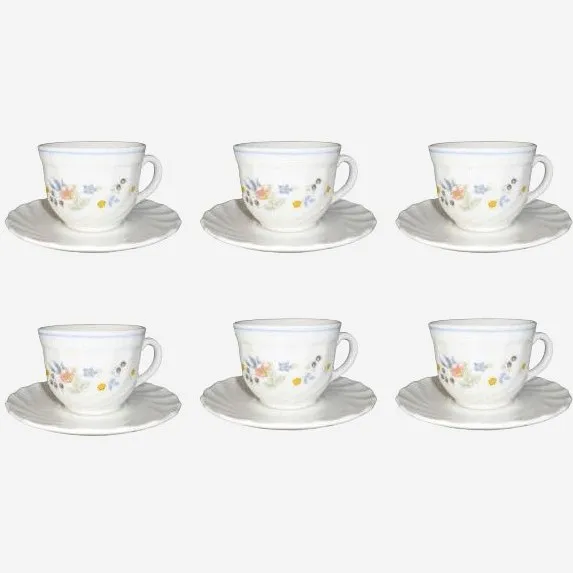
a. Matching Design: Tea cups in a set are designed to complement the tea pot and maintain a cohesive aesthetic.
b. Size and Shape: Tea cups can come in different sizes and shapes, with various handle designs or without handles altogether.
c. Heat Retention: Ceramic tea cups have excellent heat retention properties, allowing the tea to stay warm for longer periods.
3. Tea Tray:
a. Purpose: The tea tray, also known as a tea boat, serves the practical purpose of catching excess tea pourings and preventing spills.
b. Design and Material: Tea trays can be made from different materials like bamboo, wood, or ceramics, and are often adorned with intricate patterns or carvings.
Benefits of Ceramic Tea Pot Sets:
Using ceramic tea pot sets offers many advantages over other materials and enhances the overall tea-drinking experience. Some key benefits include:
1. Aesthetics: Ceramic tea pot sets are known for their exquisite craftsmanship, intricate designs, and vibrant colors, making them a showpiece for any tea lover’s collection.
2. Heat Retention: Ceramic has excellent heat retention properties, keeping tea hot for a longer period and allowing for multiple servings.
3. Flavor Enhancement: Ceramic’s non-reactive nature preserves the flavor of tea, ensuring a pure and authentic taste with each infusion.
4. Health Benefits: Ceramic tea pot sets are often made from natural materials, free from harmful chemicals like lead or cadmium, ensuring the purity of the tea.
5. Durability: When well-crafted and properly cared for, ceramic tea pot sets can last for many years, becoming heirlooms to be passed down through generations.
Popular Styles of Ceramic Tea Pot Sets:

There are several popular styles of ceramic tea pot sets that have become synonymous with specific tea cultures around the world. Some notable examples include:
1. Yixing Tea Pots: Originating from the Yixing region in China, Yixing tea pots are made from purple clay. These tea pots are highly prized for their natural mineral content, which is said to enhance the flavor and aroma of tea over time.
2. Japanese Tea Sets: Japanese tea sets, known for their minimalist and Zen-like aesthetics, often feature delicate porcelain tea pots and cups. Examples include the traditional Kyusu and the Matcha tea sets used in Japanese tea ceremonies.
3. Moroccan Tea Sets: Moroccan tea sets are renowned for their vibrant colors and intricate geometric designs. These sets often include a traditional teapot called a “berrad” and uniquely shaped tea glasses.
4. British Tea Sets: Reflecting the elegance of English tea culture, British tea sets are characterized by fine bone china tea pots and delicate tea cups, often adorned with floral patterns or gold detailing.
Conclusion:
Ceramic tea pot sets offer tea enthusiasts a beautiful and functional way to brew and serve tea. With their long-standing history, intricate designs, and practical features, ceramic tea pot sets have become an essential part of tea traditions around the world. Whether used for everyday tea rituals or to create an ambiance of sophistication during special occasions, ceramic tea pot sets truly elevate the tea-drinking experience.I. Market Overview: Rising Demand for Ceramic Tea Pot Sets
The market for ceramic tea pot sets has witnessed significant growth in recent years, driven by a combination of factors. Firstly, there has been a resurgence in traditional tea ceremonies and rituals, providing a boost to the demand for high-quality tea wares, including ceramic tea pot sets. Additionally, the growing interest in health and wellness has led to a surge in tea consumption, with consumers seeking out premium tea experiences that can be enhanced by the use of ceramic tea pot sets. Furthermore, the visually appealing and decorative nature of these sets has made them popular as gifts and collectibles, driving further market growth.
II. Target Market: Tea Enthusiasts and Gift Shoppers
The primary target market for ceramic tea pot sets includes tea enthusiasts who appreciate the artistry and craftsmanship of these sets. These individuals often seek out unique and aesthetically pleasing tea wares that enhance their tea-drinking experience. Additionally, gift shoppers looking for elegant and sophisticated presents for tea aficionados form another segment of the target market. Ceramic tea pot sets make for impressive gifts that can be cherished and enjoyed for years to come.
III. Distribution Channels: Brick-and-Mortar Stores and E-commerce
Ceramic tea pot sets can be found in various retail channels, both online and offline. Brick-and-mortar stores such as specialty tea shops, home decor stores, and department stores often carry a selection of ceramic tea pot sets, offering customers the chance to see and feel the products before making a purchase. Additionally, e-commerce platforms have become popular outlets for purchasing tea pot sets, providing a wider range of options and convenient shopping experiences.
IV. Competitive Landscape: Brands and Artisans
The market for ceramic tea pot sets is highly competitive, with an array of brands, artisans, and manufacturers vying for market share. Established brands offer a wide range of designs and styles, catering to different tastes and preferences. These brands often prioritize quality, combining skilled craftsmanship with innovative design. Additionally, there is a market for handcrafted ceramic tea pot sets created by individual artisans who specialize in ceramics. These one-of-a-kind pieces are highly sought after by collectors and tea enthusiasts.
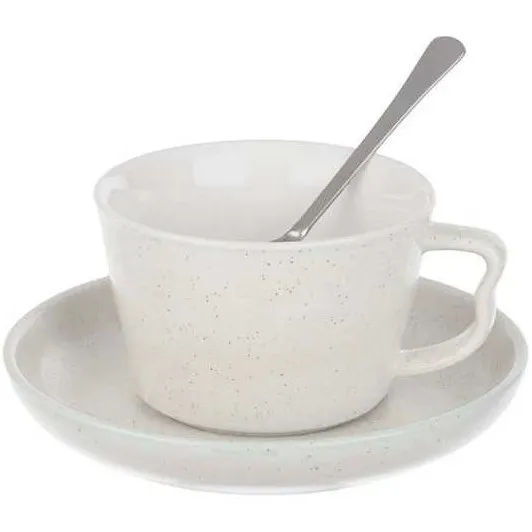
V. Customer Factors: Design, Quality, and Price
Aesthetic appeal and design play a crucial role in customer decision-making when it comes to purchasing ceramic tea pot sets. Customers seek unique designs that align with their personal style and preferences, whether it be traditional, modern, or artistic. Quality is another essential factor, with customers expecting durable, well-crafted sets that can withstand frequent use. Pricing is also a consideration, with customers willing to invest in higher-priced tea pot sets that offer superior design, craftsmanship, and durability.
VI. Sustainable and Eco-Friendly Practices
As sustainability becomes an increasingly important issue, customers are also seeking out ceramic tea pot sets that are produced using environmentally friendly practices. This includes the use of clay that is responsibly sourced, minimizing waste during the production process, and ensuring the tea pot sets are free from harmful chemicals. Brands that demonstrate a commitment to sustainability and eco-consciousness often resonate well with customers who prioritize these values.
VII. Marketing Strategies: Brand Ambassadorships and Social Media Presence
To attract and retain customers, brands often use various marketing strategies. Brand ambassadorships with well-known tea enthusiasts, influencers, or celebrities can help raise awareness and create a sense of trust and credibility. These ambassadors can endorse the brand’s tea pot sets through social media, blog posts, or events, further promoting the products to their followers. Additionally, maintaining an active presence on social media platforms, engaging with customers, and sharing tea-related content can help brands build a loyal and engaged customer base.
VIII. Customer Experience: Packaging and After-Sales Services
Creating a positive customer experience is crucial for brands in the ceramic tea pot set market. This includes attention to details such as packaging, ensuring that the tea pot sets are carefully wrapped and protected during shipping. An aesthetically pleasing and well-designed package can enhance the overall customer experience. Additionally, providing excellent after-sales services, such as responsive customer support and warranty or repair services, helps to build customer loyalty and satisfaction.
IX. Innovation: Blending Traditional and Modern Elements
Innovation in ceramic tea pot sets involves combining traditional design elements with modern twists or materials. This can include incorporating elements like glass or metal accents into the ceramic tea pots, experimenting with new glazing techniques to create unique patterns and textures, or integrating sustainable and eco-friendly materials into the production process. By blending traditional and modern elements, brands can appeal to a broader range of customers while maintaining the timeless elegance and appeal of ceramic tea pot sets.
X. International Market Opportunities: Global Appeal of Tea Culture
While ceramic tea pot sets have deep historical roots in Asian tea cultures, they have gained international appeal in recent years. The popularity of tea and the growing interest in tea ceremonies and mindfulness practices have contributed to the increase in global demand for ceramic tea pot sets. Brands that effectively tap into these international markets by understanding local tea cultures and preferences can seize lucrative opportunities for expansion.
Conclusion:
Ceramic tea pot sets offer an enchanting blend of elegance and functionality, designed to enhance the tea-drinking experience for tea enthusiasts worldwide. With their rich history, intricate designs, and practical features, these sets have become an essential aspect of tea ceremonies and rituals. As demand for premium tea experiences continues to rise, the market for ceramic tea pot sets presents a multitude of opportunities for brands and artisans. By staying attuned to customer preferences, embracing sustainable practices, and continuously innovating, brands can thrive in this competitive market and cater to the ever-growing tea-loving community.
